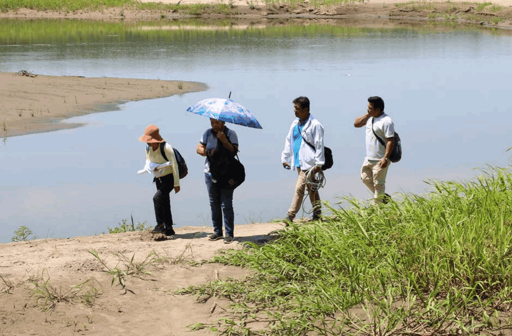Indigenous women of childbearing age from Nicaragua’s Waspam municipality have been exposed to toxic levels of mercury, according to a new report by the International Pollutants Elimination Network (IPEN). The researchers took hair samples from 50 women between 18 and 44 years old. The women live in the Indigenous communities of Li Auhbra and Li Lamn, located along the Wangki River, on the northern Caribbean coast. The area is home to many Indigenous communities and small-scale gold mining operations, which commonly use mercury to amalgamate gold. While no amount of mercury exposure is considered safe, the U.S. Environmental Protection Agency has set a threshold of 1 part per million (ppm). Beyond that limit, negative impacts can be detected in the fetuses of pregnant women. Of the 50 participants, 80% had mercury levels above 1 ppm, and 98% had levels above the more health-protective proposed level of 0.58 ppm. Mercury exposure can impact a developing fetus months after the mother’s exposure and cause lifelong health problems, including neurological impairment, IQ loss, and kidney and cardiovascular damage, the report said. The report links mercury pollution in these women to small-scale gold mining. While most of the women of Li Auhbra and Li Lamni depend on agriculture, fishing and hunting for self-subsistence, some participants said they work as gold washers, a process that involves using mercury to extract gold from the surrounding ore. Researchers said participants who don’t engage directly in mining may be exposed through family members who do work with mercury…This article was originally published on Mongabay
From Conservation news via this RSS feed


